Multifunctional MXene for Thermal Management in Perovskite Solar Cells
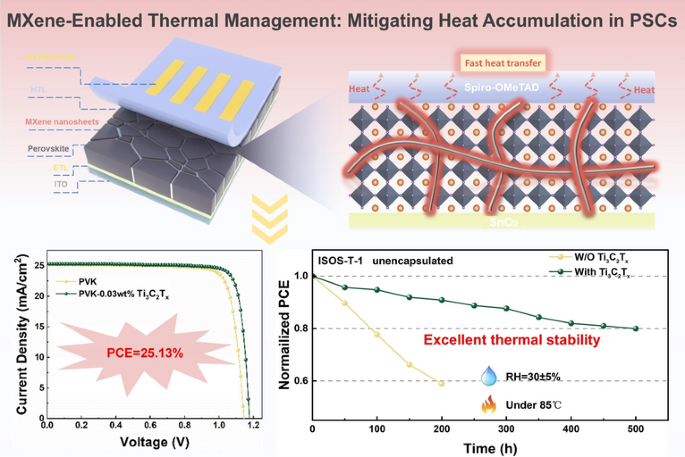
As perovskite solar cells approach commercialization, heat-induced degradation remains a key bottleneck. Now, researchers from the University of Electronic Science and Technology of China, led by Professor Zhongquan Wan, Professor Junsheng Luo, and Professor Chunyang Jia, have presented a novel strategy using Ti3C2Tx MXene nanosheets to simultaneously enhance thermal conductivity and optoelectronic performance. This work offers a promising route toward high-efficiency, thermally stable photovoltaics.
Why Ti3C2Tx MXene Matters
- Thermal Management: Ti3C2Tx boosts perovskite thermal conductivity from 0.236 to 0.413 W·m-1·K-1, reducing operating temperature by ~3°C under illumination.
- Defect Passivation: Surface terminations passivate Pb2+ defects, suppressing non-radiative recombination.
- Energy Alignment: Work function tuning improves charge extraction and transport across interfaces.
Innovative Design and Features
- Material Integration: Ti3C2Txnanosheets are embedded at perovskite grain boundaries to form efficient heat conduction pathways.
- Morphology Improvement: Enhanced grain growth and surface smoothness (RMS reduced from 24.9 to 15.2 nm).
- Multifunctionality: Combines thermal dissipation, defect reduction, and energy level optimization in a single additive.
Applications and Future Outlook
- Efficiency Gain: Champion PCE of 25.13% (vs. 23.70% control).
- Thermal Stability: Retains 80% PCE after 500 h at 85°C/30±5% RH; control drops to 58% after 200 h.
- Operational Durability: 70% PCE retained after 500 h MPP tracking in N2(control: 20%).
- Challenges and Opportunities: Future work will focus on scalable synthesis, cost reduction, and long-term encapsulation compatibility.
This study highlights the transformative potential of MXene materials in advancing perovskite solar cell stability and performance, paving the way for next-generation photovoltaics with enhanced thermal resilience.
Follow the Topic
-
Nano-Micro Letters

Nano-Micro Letters is a peer-reviewed, international, interdisciplinary and open-access journal that focus on science, experiments, engineering, technologies and applications of nano- or microscale structure and system in physics, chemistry, biology, material science, and pharmacy.

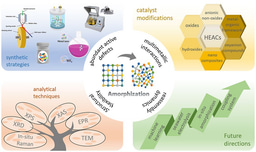
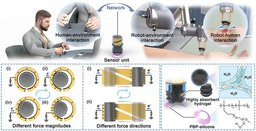
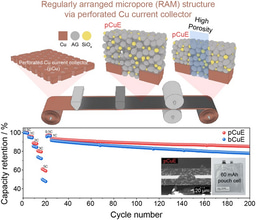

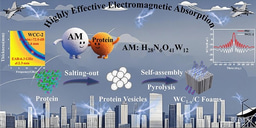
Please sign in or register for FREE
If you are a registered user on Research Communities by Springer Nature, please sign in